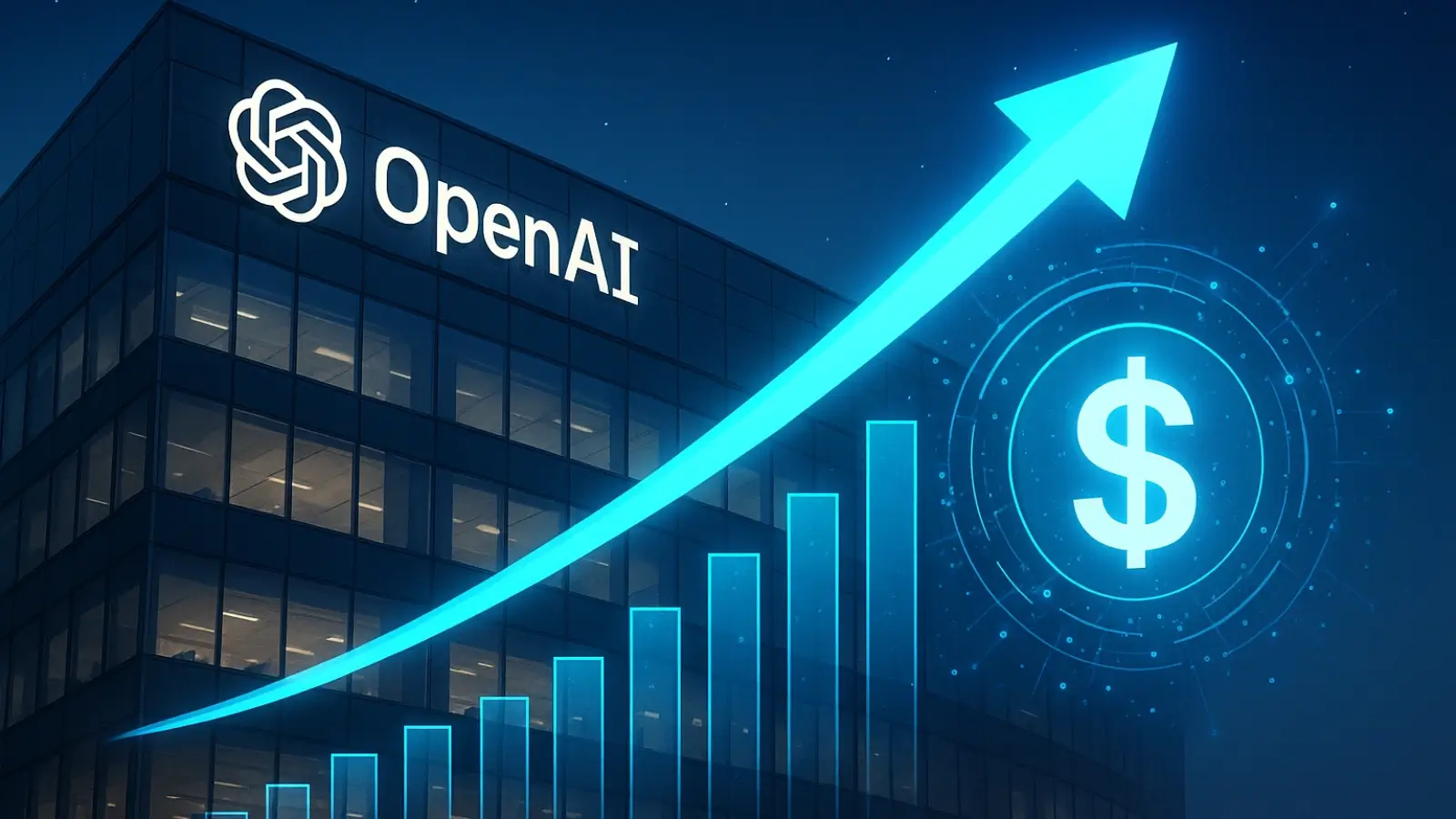


In the roofing industry, accuracy and safety are the most critical concerns during inspection. Traditionally, roof inspections required manual climbs, ladders, and physical measurements—all of which introduced an element of risk and often slowed down the process. With the integration of drone technology, roofers have significantly enhanced their ability to assess rooftops quickly, safely, and with more precision than ever before. This advancement not only helps contractors diagnose issues earlier, but it also allows for more efficient planning when scheduling repairs or upgrades. Drones are a valuable tool for homeowners and contractors, allowing everyone involved to see real-time visuals, accurate measurements, and hard-to-reach areas without harming anyone.
Physical obstructions, difficult angles, or human measurement error can limit roofing inspections. Drones address all these issues by offering a bird’s-eye view of the roof from various angles. With impressive clarity, drones can use high-resolution cameras to identify cracks, loose shingles, weather damage, and clogged gutters. Unlike traditional methods that rely on photos taken from the ground or awkward ladder shots, drones provide comprehensive imagery that allows roofing professionals to create detailed reports without second-guessing the condition of the materials. These high-resolution scans can even be used for 3D modeling, giving teams a better understanding of a roof’s layout and pitch. When roofing companies such as RoofsOnly.com prepare for something as involved as a new roof installation, drone footage gives them the critical insight to make accurate estimates and material decisions. The enhanced precision reduces the likelihood of project delays or missed repairs that would otherwise result in added costs or future service calls.
One of the most significant benefits of using drones in roofing inspections is the reduced need for physical access to damaged or unstable rooftops. Climbing onto roofs always carries risk, especially steep, aging, or wet roofs from recent weather. Using drones, roofers can examine every inch of a roof without leaving the ground. This not only protects the safety of the workers but also minimizes liability for roofing companies. When multiple properties are surveyed in a single day, the ability to scan from above allows teams to cover more ground without putting their employees at risk. Moreover, the reduced need for climbing translates to fewer ladders, safety harnesses, and time-consuming setup processes, streamlining operations while prioritizing safety. Many contractors also use drones to document storm damage for insurance claims, capturing before-and-after footage that doesn’t require repeat climbs or dangerous inspections after a weather event.
Large properties or those with multiple levels, dormers, and valleys require much time to inspect using traditional tools. A drone inspection can be conducted in minutes instead of hours. The speed at which drones can capture comprehensive visuals and measurements means roofers can move quickly from evaluation to quoting and planning. For roofing contractors managing multiple clients in a single day, this allows more jobs to be completed with fewer scheduling delays. From commercial buildings to residential homes, drones help maintain momentum and ensure that crews are dispatched only when necessary, rather than wasting time confirming issues that could have been identified from the sky. Drones also simplify re-inspections. After a repair or installation, the contractor can fly the drone again to confirm everything looks good and capture evidence for their records or customer reports. This efficiency builds trust and reduces the need for second trips to the job site.
A clear and compelling inspection report is crucial for homeowners trying to understand the condition of their roof. Drones allow roofing companies to provide clients with visuals that are easy to interpret, even if the homeowner has no prior knowledge of roofing structures. These images can be used during walkthroughs to explain problem areas or potential risks. Homeowners appreciate seeing what the contractor sees and often feel more confident about approving repair work when they have visual confirmation of the problem. Drone footage adds transparency to the process and helps eliminate the skepticism that can sometimes surround roof inspections. In real estate transactions, buyers and sellers can also benefit from drone documentation, an unbiased, timestamped record of roof condition. This makes it easier to address inspection contingencies and gives both parties confidence in the deal's outcome.
Roofing inspections have evolved from ladders and clipboards to drones and digital dashboards, and the shift has been nothing short of transformative. With clearer visibility, faster processing, and safer practices, drones have become essential to modern roofing services. Contractors can diagnose issues more effectively, avoid unnecessary risks, and deliver a more transparent client experience. By embracing technology, the roofing industry has improved its operational workflow and built stronger customer relationships through clear, visual communication. Whether planning for a new installation or simply assessing damage after a storm, drones have proven to be more than just a tool—they’re reshaping how the roofing process works from start to finish.